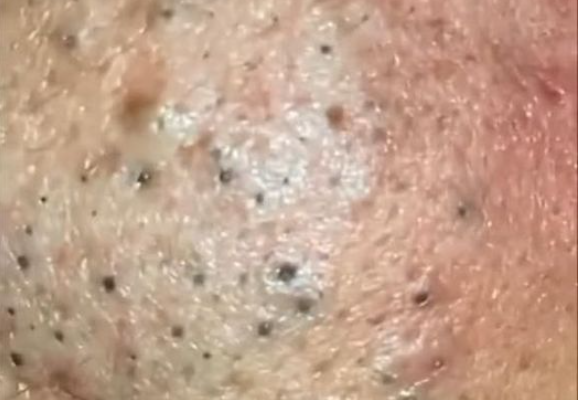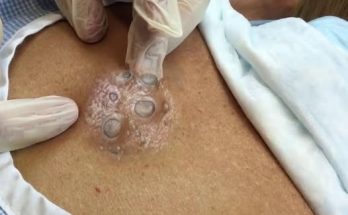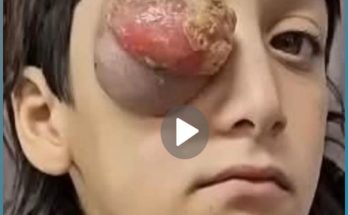Scroll Down to watch..👇👇

Photodynamic therapy involves three steps in order to function properly: (1) the administration of the photosensitizing agent, (2) the incubation or drug-to-light interval, and (3) the light activation. First, the photosensitizing agent is administered to the patient via topical application to the affected area of the skin. Over several hours to 72 hours (depending on the type of photosensitizing agent), the drug will travel through the patient’s body and leave the normal cells. However, the photosensitizing drug remains in the cancerous cells or harmful agents in the body. During the incubation phase, the photosensitizer drug is non-toxic and does not affect the cells or tissue in the body. The drug becomes activated, however, when a specific wavelength of light is shone onto the treatment area. When the photosensitizing agent is activated, it produces a particular form of oxygen, which is known as an oxygen radical, that targets and kills the cells that have absorbed the drug, which kills them. The activation of the drug can also cause damage to the blood vessels in the treatment area, which prevents blood from reaching the cancerous cells.
The two most widely used photosensitizing agents require different kinds of light to activate them: Porfimer sodium (photofrin) and Aminolevulinic acid (also known as ALA or Levulan). Porfimer sodium is FDA-approved to treat certain forms of lung and esophageal cancer and is activated by a red laser light. ALA, on the other hand, is used to treat pre-cancerous actinic keratosis and other forms of skin cancer. ALA is activated via the use of blue light and is most frequently used to treat the face and scalp.
Happy to Watch Full video here..👇👇



